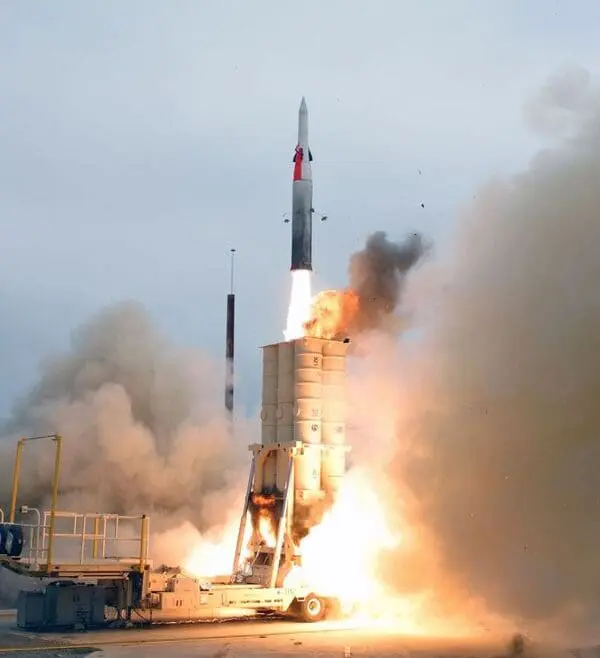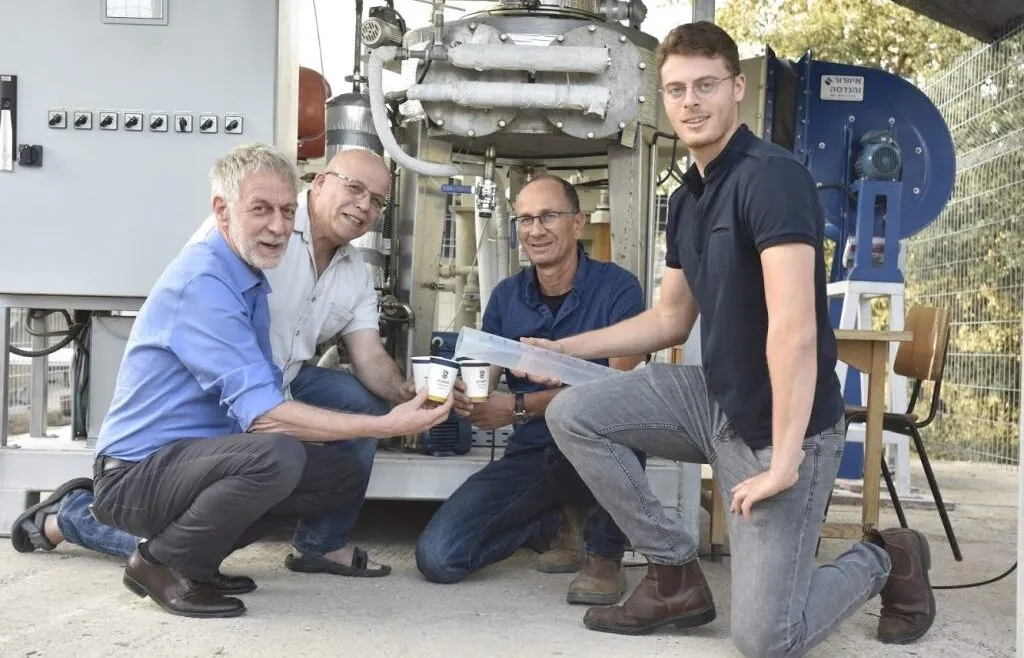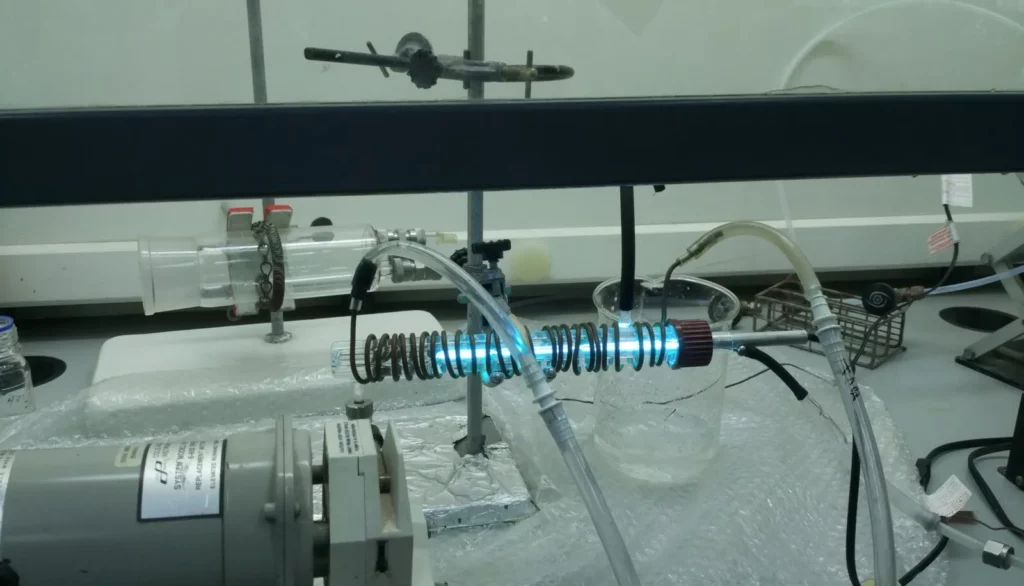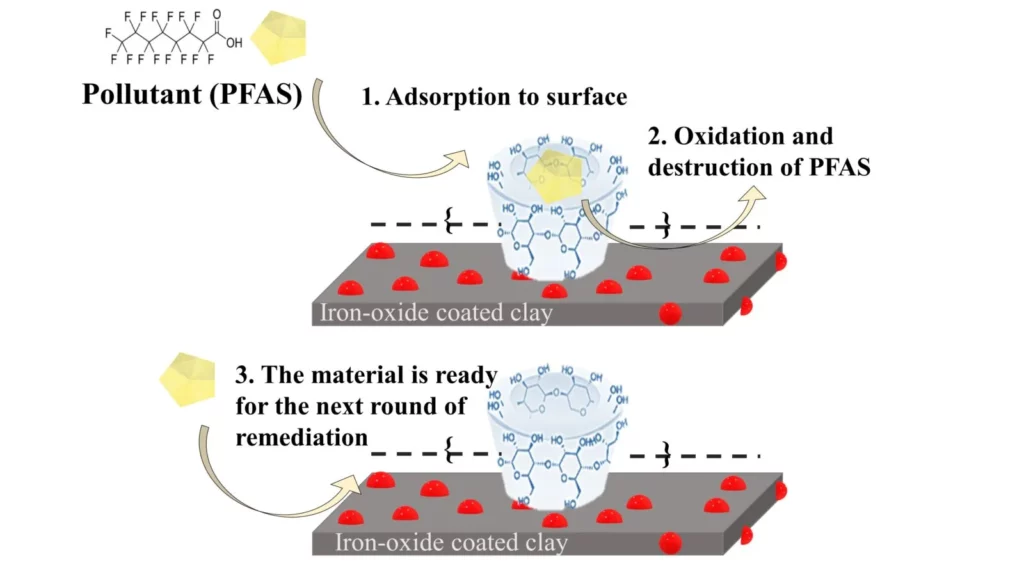No idea is too big in Start-Up Nation, and resilience and motivation are what make Israel’s bustling tech economy so successful. I recently had the pleasure of speaking with Omer Schneider, former CEO and co-founder of cybersecurity company CyberX, about his time at the Technion and how he took his big idea all the way to an acquisition deal with the largest tech company in the world.
His dedication to his work in every stage of life gave him the confidence to believe in himself and make an impact on millions of people throughout his career. Omer’s story is also a great lesson: if you think you’ve already shot for the stars, you can shoot even higher.
Michael: You’ve had quite an impressive career already, building a company from the ground up and then selling it to the biggest tech company in the world. I’m intrigued by what that process looked like, but I thought we could first go all the way back to the beginning and talk a bit about your time at the Technion.
Omer: It’s been quite the journey, but it actually started well before my time at the Technion. My story begins with the computer my parents gave me as a kid. Eventually, I used that computer to teach myself how to code in high school. Additionally, half of my family attended the Technion, and the university was very much a family legacy for us. Growing up, I knew that I wanted to continue that legacy and was eager to start my studies in Haifa.
Michael: Was pursuing computer science a no-brainer?
Omer: I hadn’t decided to focus on computer science or any other specific field before I started at the Technion. Honestly, at that age, I thought I could best contribute to my community as an army engineer. I applied to and was accepted into the Israel Defense Forces (IDF) engineering academic reserve program where my education at the Technion prepared me for my future career in the military. Ultimately, my childhood fascination with computers drew me to computer science. I wanted to learn about the intersection of hardware and software, looking at computer systems at-large.
Michael: What role did the Technion play in your transition into the IDF after graduation?
Omer: With my Technion degree, I was eventually drafted into an elite cybersecurity unit in the army (Matzov). At the time, Israel was building out its national cybersecurity initiative, and I was a founding member of the Israel National Cyber Security Bureau. My early years at the Technion laid the groundwork for my success in this program that essentially established Israel’s cybersecurity infrastructure from the ground up. I refined my skills at setting and accomplishing challenging goals within a rigorous environment while I was in university, and I brought these strategies with me after graduation. I was so invested in the project that I decided to stay in the army an additional two years beyond my required six years of service.
Michael: It sounds like you made quite the impact on your community during those years in the IDF. I can imagine that making the decision to leave was a difficult one.
Omer: Yes, I definitely didn’t take the decision lightly. However, I felt like I had made my mark in an important way, and I wanted to explore what it was like to make an impact in the private sector. Much of my motivation was driven by my curiosity. I wanted to know what it would be like to have my own company and start a new challenge like nothing I had ever faced. My business partner, Nir Giller, and I saw the digital world changing before our eyes and found a gap in the cybersecurity market at the time. We believed that we could build something quite large to fill it, and shortly after I left the IDF in late 2012, we launched CyberX.
Michael: It’s quite a feat to build a company of CyberX’s magnitude in just a few years. Can you expand on CyberX’s mission?
Omer: When I left the army, I had a hunch that the world was about to become much more connected than it had been, even in the early 2010s. From my previous experience, I knew that many of our critical infrastructure networks were missing key monitoring and detection capabilities to prevent attacks. Those systems were only going to expand, so the security risk was becoming more and more urgent, which is where CyberX came in. We specialized in OT (Operational Technology) and IoT (“Internet of Things”) security. We developed unique technology that provided real-time visibility into industrial networks used in energy utilities, water purification plants, oil and gas refineries, chemical plants, manufacturing, healthcare, and other facilities that use equipment from many different suppliers such as Schneider Electric and Rockwell Automation. Our platform used patented behavioral analytics to analyze industrial network protocols in order to detect attacks, understand their root cause, assess risk, and identify vulnerabilities in this very complex equipment.
After a few years of establishing a strong reputation across several industries, we were working with three of the top ten utility companies in the US, three of the top ten global pharmaceutical companies, and multiple Fortune 500 companies, and in more than 30 countries worldwide.
Michael: No wonder Microsoft was interested in your work!
Omer: It was definitely a surprise, but at the time, I can proudly say that we had grown to be a leader in the space and raised close to $50 million. Our next step was already on the horizon, and then Microsoft appeared!
Michael: I’m sure that this was an important milestone for you, especially having grown up in Start-Up Nation. At the same time, I know you closed the deal during the pandemic, which sounds like a massive logistical hurdle.
Omer: We were ecstatic about the opportunity, but yes, working on the deal through the pandemic added an extra layer of complexity. The world was changing every day, the stock market was unpredictable, and we had to conduct all negotiations on Teams. Fortunately, Microsoft was committed to the process, and finally, after several months of paperwork and discussions, we closed the deal in June 2020.
Michael: Wow, that must have been an incredible whirlwind. I’m always curious what a start-up founder does after a successful exit. Personally, I would choose a long vacation, but something tells me you aren’t finished quite yet.
Omer: You’re right, I stayed with the Microsoft team for two years after the deal as a director on the IoT security team as we continued to grow the business inside Microsoft. Since then, I’ve stayed active in the tech world and done some investing. I’ve also enjoyed spending time with my wife and four kids here in the Boston area. I’m a long-distance runner as well, so I’m always training, and I’ve done an Iron Man triathlon and several marathons.
Michael: It never ceases to amaze me hearing from Technion graduates about how much tenacity they have in every aspect of their lives! What is your next move now that you’ve left Microsoft?
Omer: I learned from my time at CyberX that I love to be the guy who makes things happen, and I’m certainly not finished leaving my mark on the tech world. I’m working on a new company – Cetu with a new partner, Kfir Gollan. Something big is in the works, even bigger than CyberX in my opinion – I just can’t say much about it yet. The company will focus on the intersection of security and data!
Michael: You have quite the resume for making big impacts, so I don’t doubt that your expectations are correct. Thank you for taking the time to speak with me about your career so far and your time at the Technion!





















